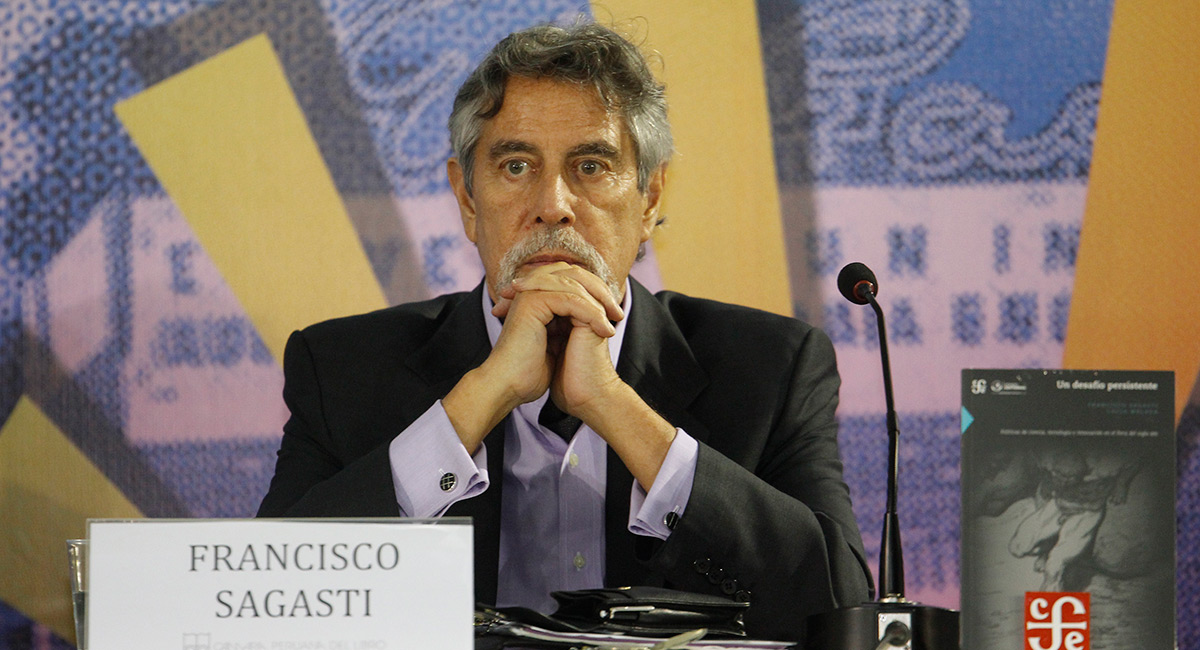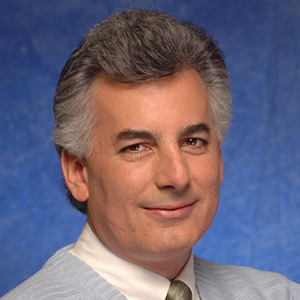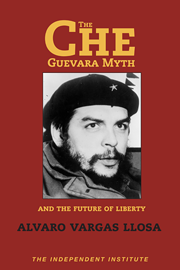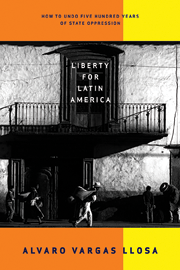Becoming president of Peru is a highly risky proposition. In the past few years, five presidents have been sentenced to jail; one of them committed suicide in the presence of the police officers sent to arrest him.
Earlier this month, President Martín Vizcarra was impeached for “moral incapacity” (after he was accused and investigated for bribery). Now, the interim president, Manuel Merino—who had served as president of Congress and assumed power after the impeachment vote—has been forced to resign after six days of massive protests by Peruvians who accuse him of being nothing short of a dictator. With the death of two protesters, Merino himself could face criminal charges, making him the seventh recent president to find himself in legal jeopardy.
After Merino’s resignation, Congress replaced him with Francisco Sagasti, an engineer and academic who had voted against impeaching Vizcarra in the first place. Sagasti, Peru’s third president in a week, will preside over the country until his elected successor takes over next July.
Just a few years ago, Peru was the rising star of Latin America. Following decades of instability, dictatorship, terrorism, inflation and economic stagnation, the country seemed on track to become a model for the region. It recovered its democracy, put its fiscal and monetary house in order, and generated a welcoming investment climate that, in the context of a booming commodities market, lifted millions from poverty.
Many Peruvians were under the impression that the return to democracy would automatically purge government institutions of their deeply ingrained corruption, generate stability and comity among political and social movements, and address some of the grievances boiling underneath the glossy economic statistics. But, 20 years after the return of democracy, Peru’s institutions and social and economic structures are as fragile as ever, and the economy, mired in crony capitalism and mercantilism, stopped shining years ago.
The pandemic has made matters worse, of course. According to the International Monetary Fund, Peru’s gross domestic product this year will decline by an estimated 14 percentage points.
This has brought to the surface many of the structural problems that the return of democracy never addressed. Peru has suffered one of the most severe and long-lasting covid-19 shutdowns in the world, and yet the number of confirmed cases, in a country less than one-tenth the size of the United States, already is close to a million, with more than 35,000 deaths so far—the second highest per capita mortality rate in the world.
The fact that 70 percent of the Peruvian economy operates outside of the legal framework—what is commonly known as the underground economy—and relies on daily human interaction, and that food distribution occurs in open markets for millions of people, means that the lockdown has been extremely difficult to enforce. It also means that when the lockdown was reasonably successful, the economic and social consequences were devastating.
The inadequacy of the medical infrastructure and the farcical process by which defective rapid tests were imported from China and widely administered, and other such blunders, exposed a frightful truth that previously had been ignored: that Peru is as stuck in the “Third World” as it was before the mirage of the booming economy made people believe Peru was on its way to U.S.- and European-style prosperity.
The new political crisis has unmasked the country’s larger problems. Despite the commendable efforts of a group of prosecutors and judges who have had the courage to send some high-ranking politicians and business executives to jail, Peru continues to lack a criminal and civil justice system worthy of the name. And as we see at every turn, the political process continues to hinder, rather than foster, the social and economic lives of the people.
The fact that so many presidents have been corrupt, that there is a profound disconnect between the political class and the people, and that the legal framework is in shambles means that two centuries of Peruvian independence have done little to turn the country into a serious and free constitutional democracy.
Let us hope the current political chaos will not impede the presidential elections due in April and that the newly elected president will begin the painful process of making Peru the leading light of Latin America. My hopes are not high.













